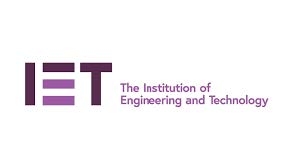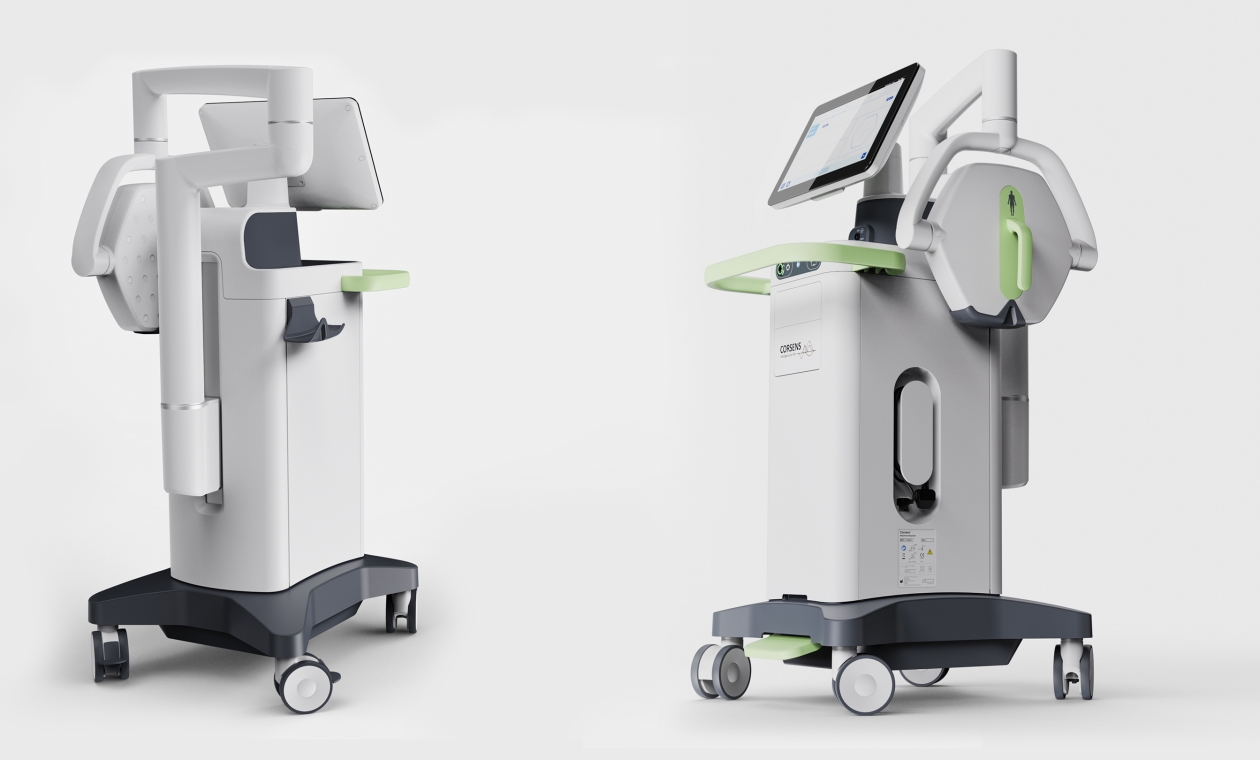Light, fast & reliable
Maddison undertook the task of re-imagining a system to facilitate rapid and accurate assessment of patients presenting with acute coronary syndrome symptoms in the emergency department. Building upon the technology originally developed at the University of Leeds, our goal was to enhance Corsens®, making it lighter, faster, safer, and more user-friendly. Previously, Creavo's research prototypes posed usability challenges and lacked appeal. However, Maddison successfully developed a solution that effectively met all user requirements.

Creavo was honoured to have its portable magnetocardiography (MCG) *device, Corsens®, displayed as part of the Institute of Engineering and Technology (IET) ‘100 objects that have changed the world’ exhibition."
From prototype to product
Maddison successfully completed a comprehensive range of tasks within a condensed timeframe, covering industrial, mechanical, and interaction design. The focus was on optimizing usability and ensuring efficient manufacturability. Through an extensive re-development project, Maddison explored various arm mechanisms to achieve intuitive operation, stability, and minimal backlash for the required range of motion. The trolley underwent a complete re-engineering process, adhering to Creavo ISO 13485 design controls, and incorporating a modern styling language.
Combining usability and engineering
Enhancing the user experience and user interface of a medical diagnostic poses unique challenges. However, ensuring compliance with essential medical regulatory certifications and approvals is vital. Mistakes in this process can lead to significant financial implications. It is imperative to incorporate all these crucial elements into the development. By prioritizing compliance and user-centric design, we aim to optimize engagement and meet the demands of the medical device industry.
Understanding the user requirements
During the development phase, prototypes underwent rigorous testing in real-life scenarios to ensure optimal performance and user experience. Through iterative design improvements, we incorporated usability considerations into the technical specifications. Maddison's user-centred approach to building and testing the prototypes emphasized the importance of user feedback. The result is a user-friendly and intuitive design, increasing the likelihood of adoption among clinicians and physicians.
User Interface Development
The timely diagnosis of ACS is crucial, making it essential for clinicians to have an intuitive and easy-to-use device interface that provides concise and accurate feedback. The Maddison team collaborated closely with users to develop such an interface. We began by creating low fidelity wireframes and then proceeded to build an interactive prototype. This allowed us to conduct comprehensive human factors studies, evaluating the working interface in a real clinical environment.
When design meets engineering
Maddison adheres to the fundamental principle of "form follows function" when creating medical devices. Our process involves close collaboration between engineers, industrial designers, and human factors specialists, resulting in a cohesive solution. Read more about industrial design...

